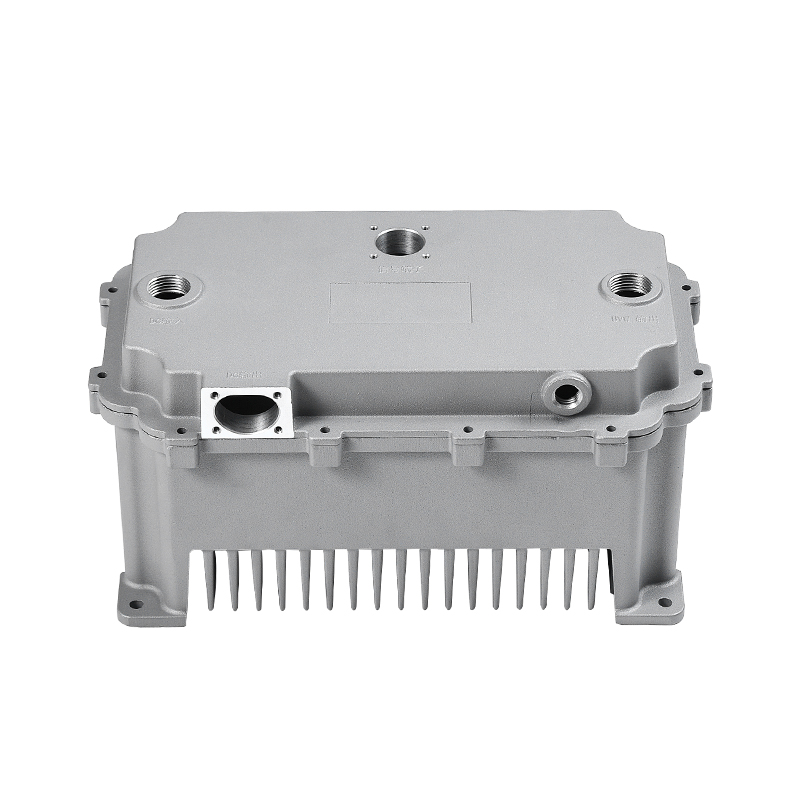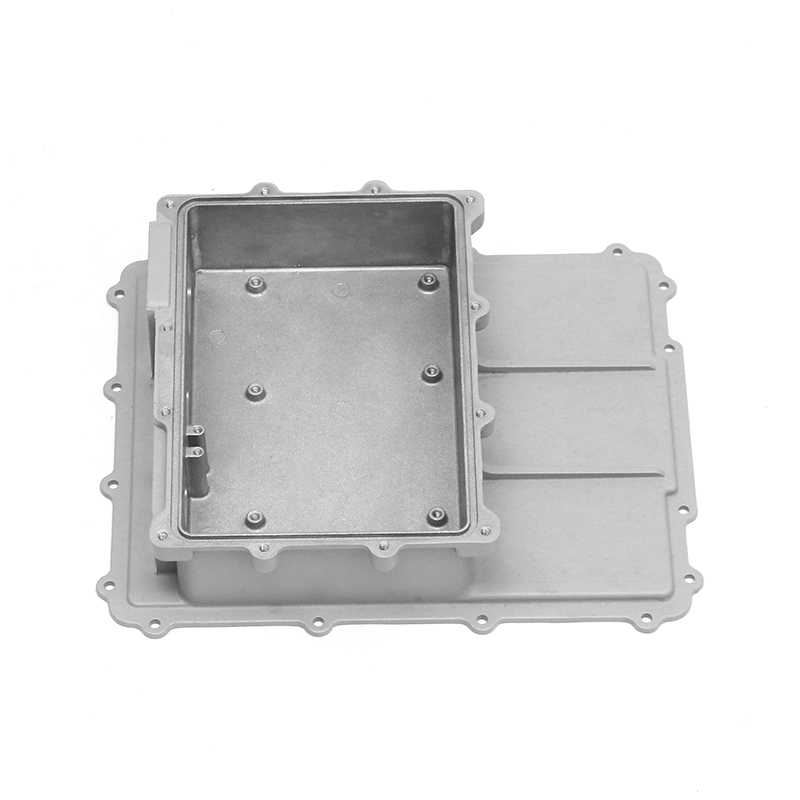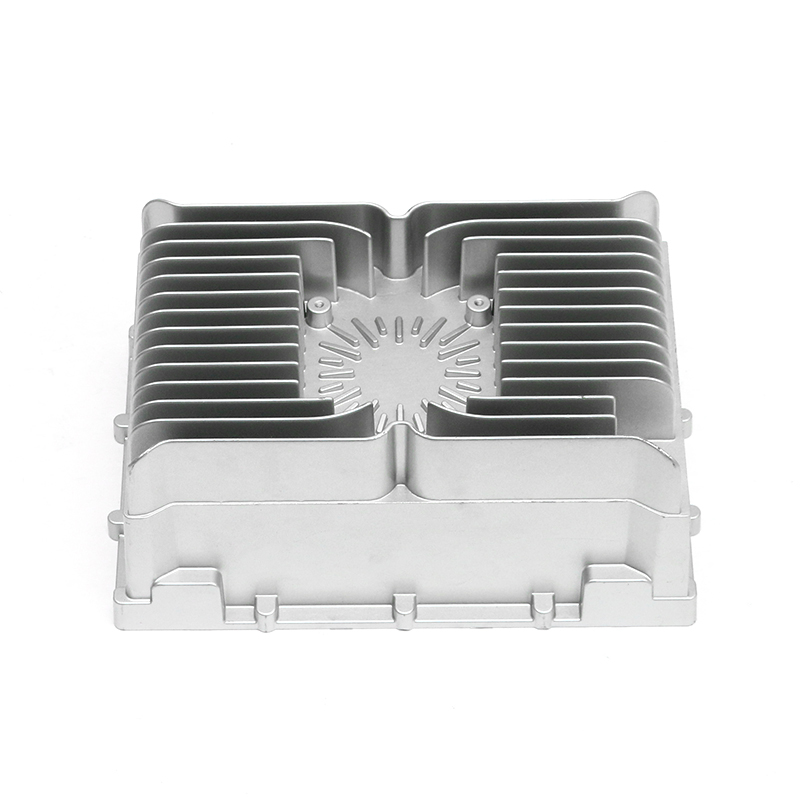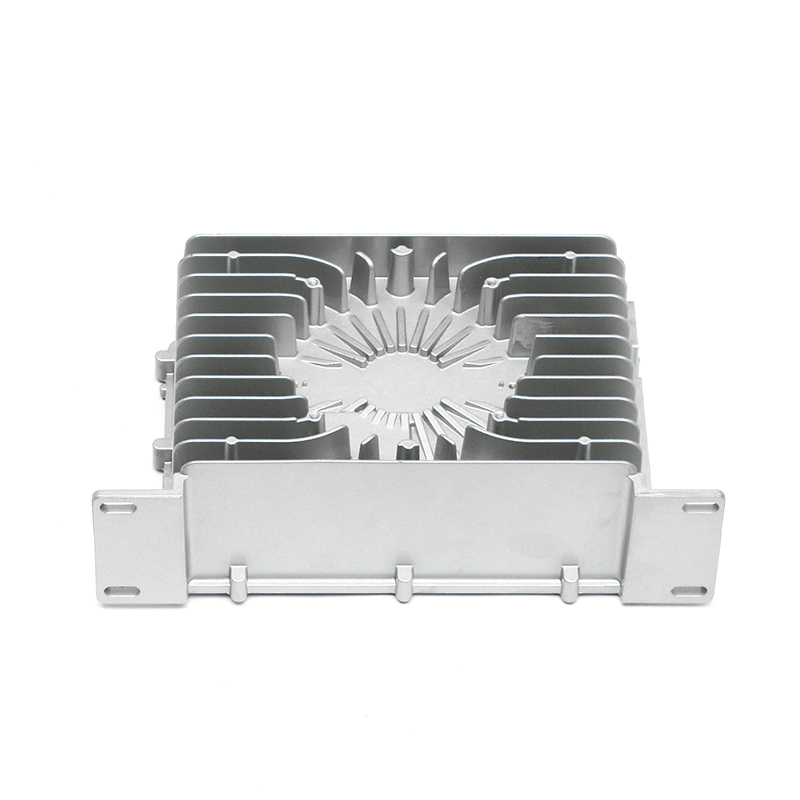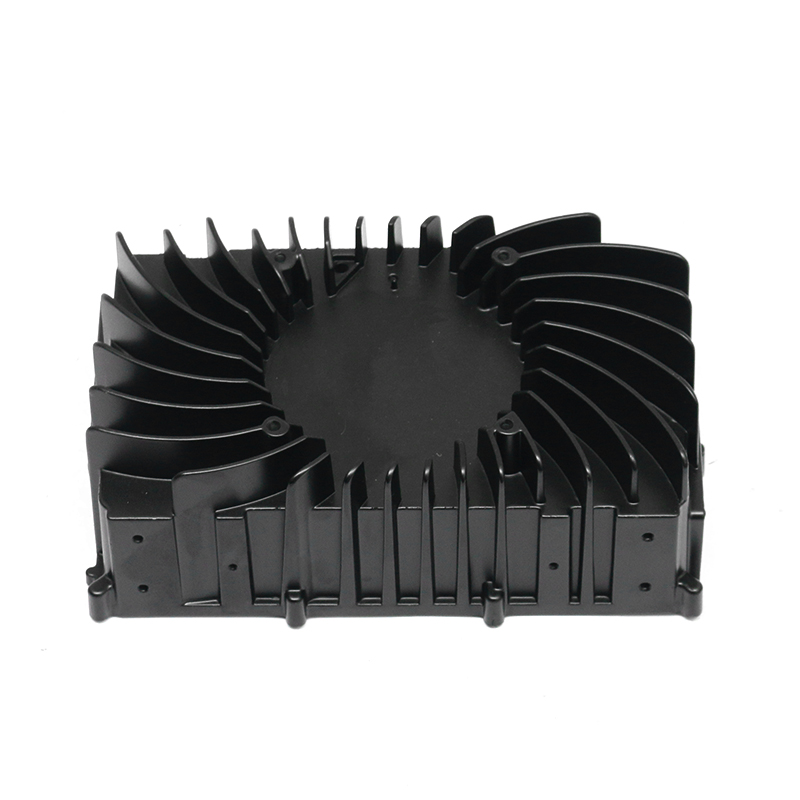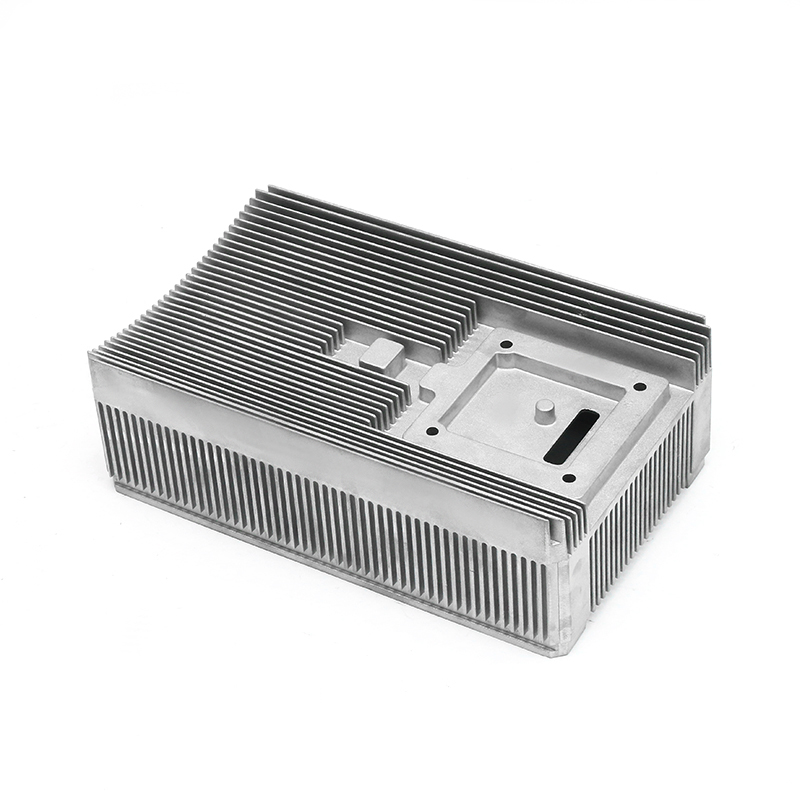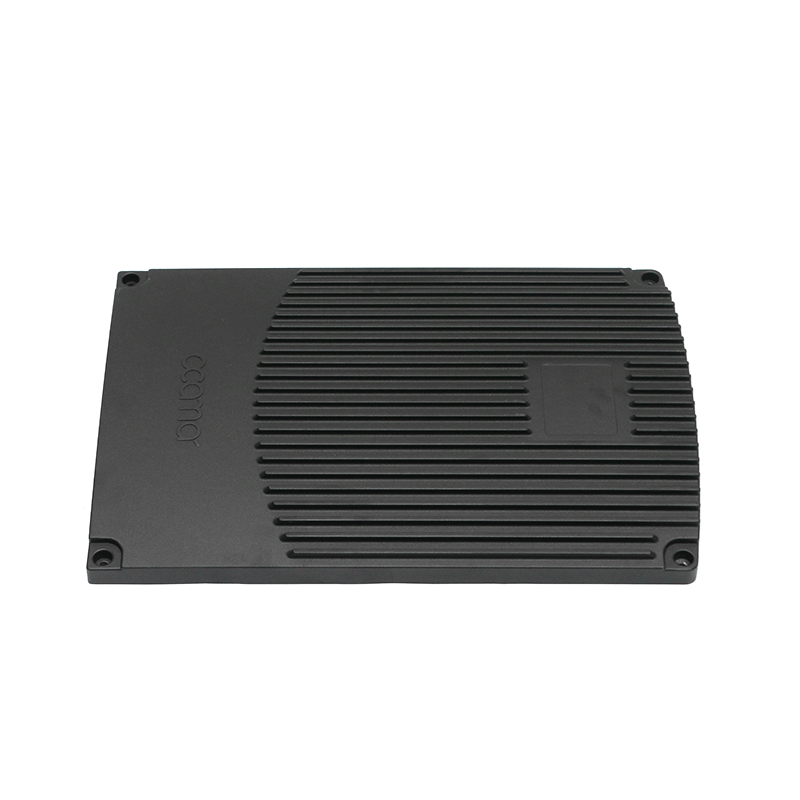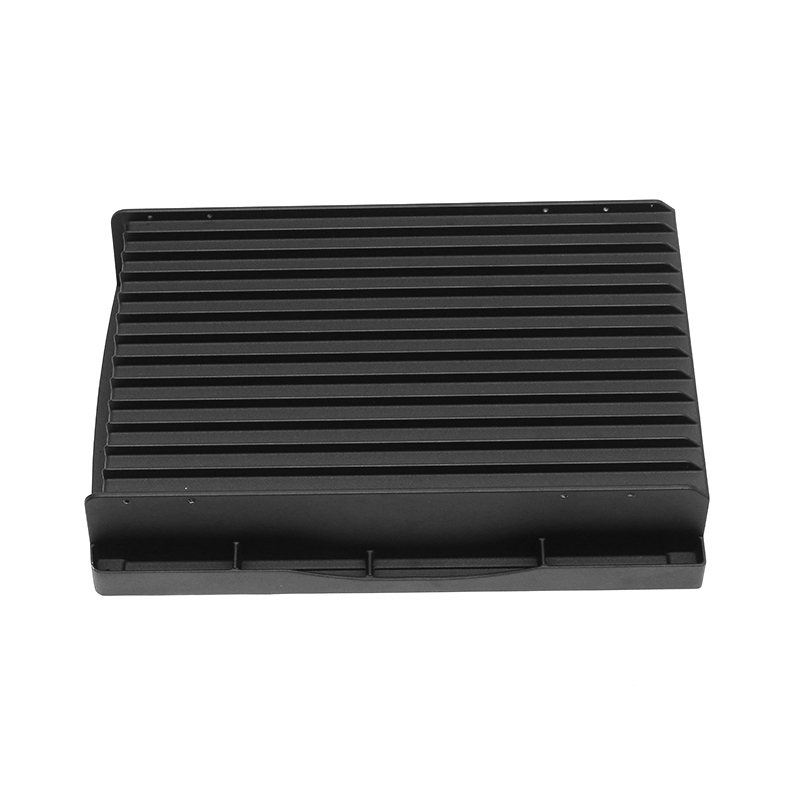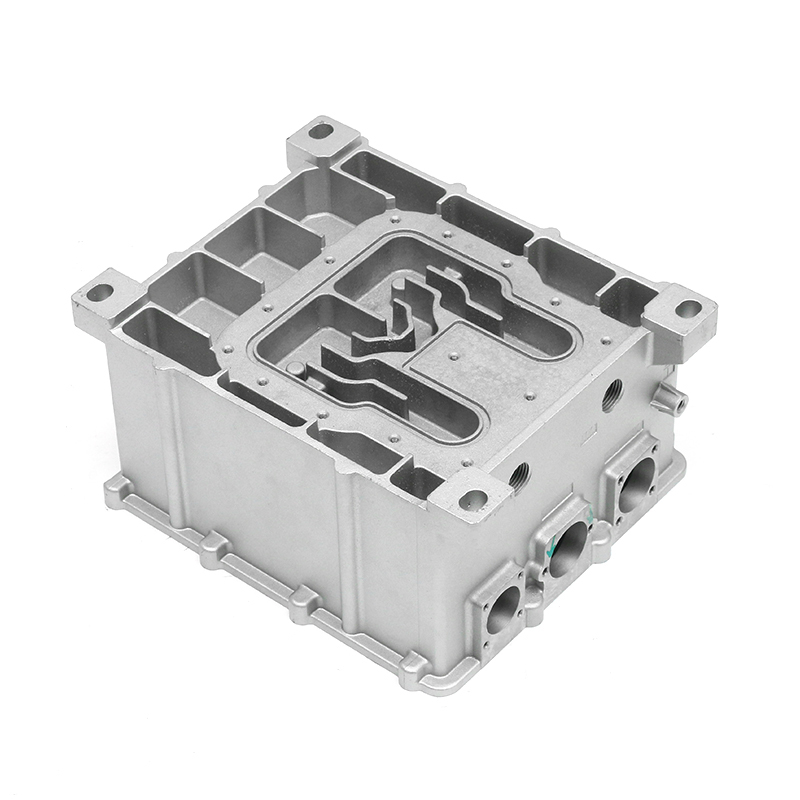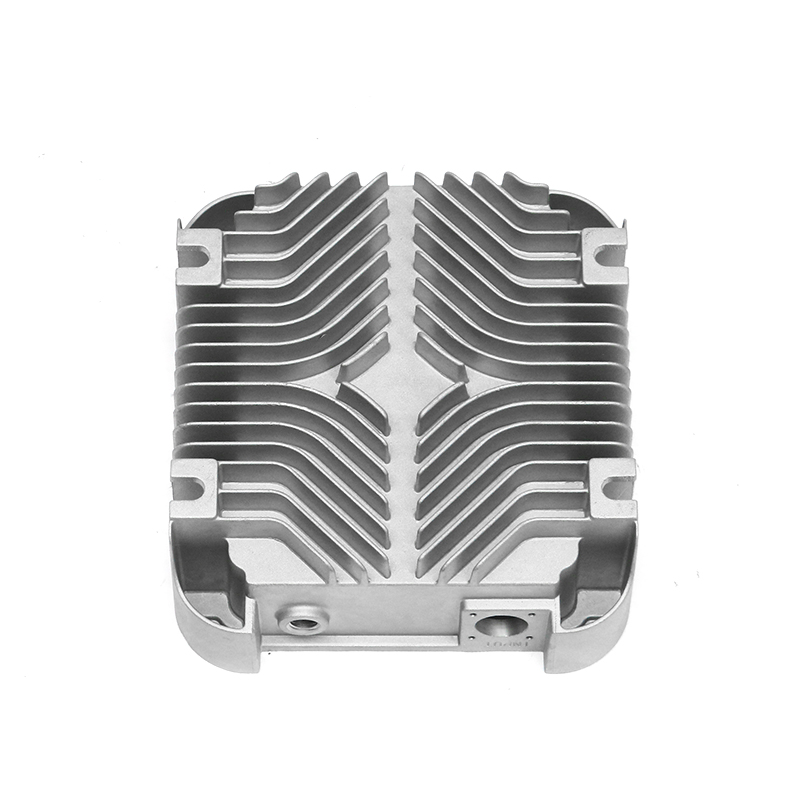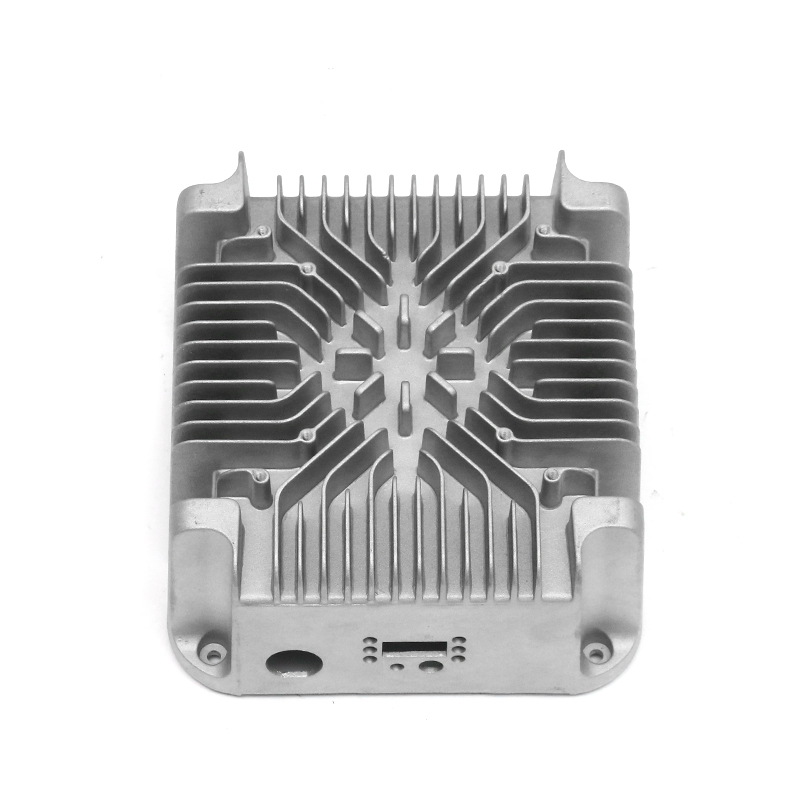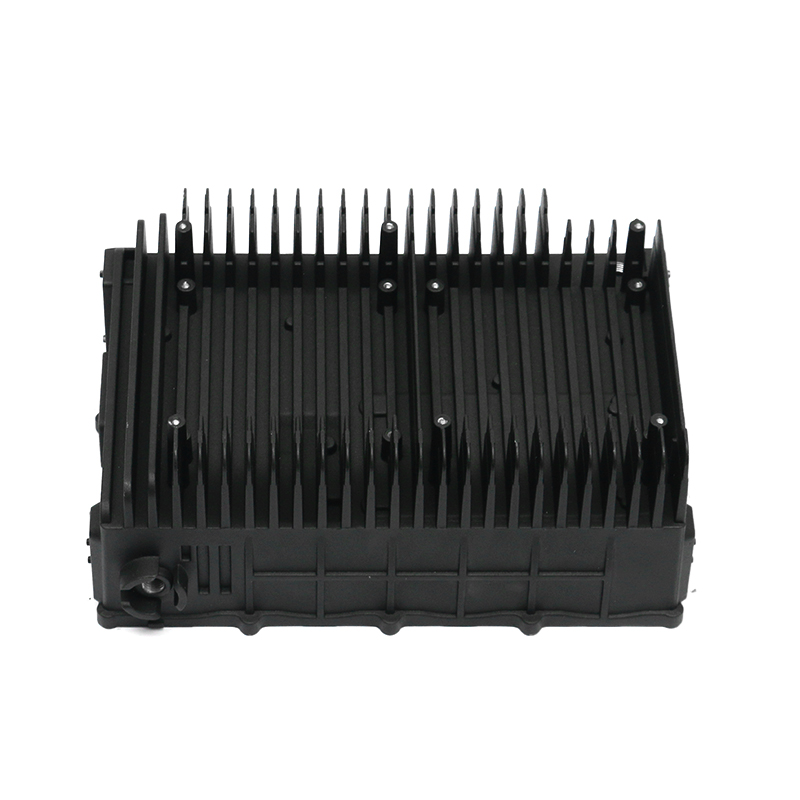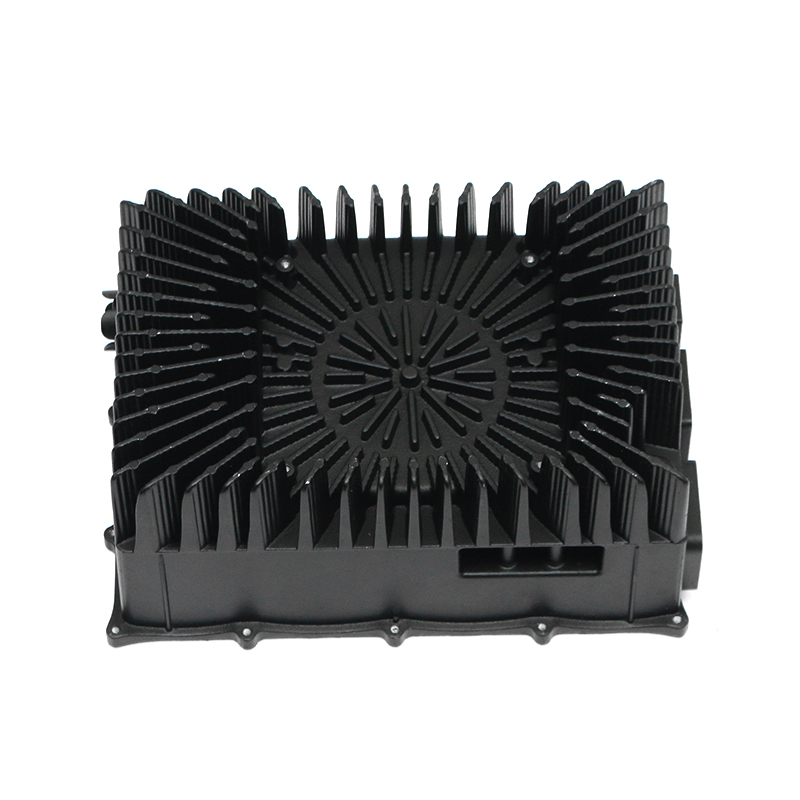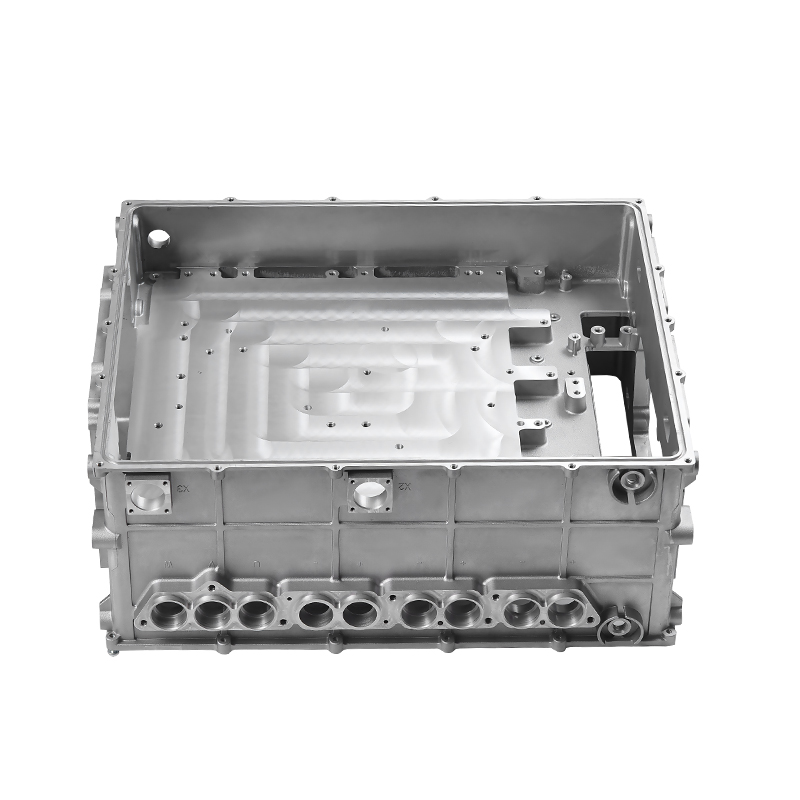Structural cornerstone in the development of new energy: the application value of electronically controlled air-cooled series die-castings
As transportation tools transform towards new energy, the technological development of the core structure of vehicles is also being upgraded synchronously. Among many key components, electronically controlled air-cooled series die-castings are playing an important role. They have become a stable guarantee for the overall performance in terms of heat dissipation, structural support and functional integration of the electronic control system of new energy vehicles, providing a solid foundation for green transportation.
Functional structure integrating heat dissipation and support
The core task of the electronically controlled air-cooled series die-castings is not only to provide a solid structural support, but more importantly to assume the role of heat management. In the new energy power system, the electronic control module is often concentrated in a small space, and the temperature rise during operation can easily cause performance fluctuations. The air-cooled die-casting structure design just meets this demand. Through reasonable fin arrangement and air diversion structure, the heat is effectively discharged to help the system maintain a relatively stable operating temperature. These die-castings usually use materials with strong metal thermal conductivity, and the integrity and strength of the structure are improved through a one-time molding process, thereby reducing the unstable factors of the connection between components and making the heat dissipation function more continuous and stable.
The impact of manufacturing process on product stability
In order to adapt to the dual requirements of dimensional accuracy and heat dissipation performance of new energy power systems, the manufacturing process of die-casting parts is also constantly improving. Multiple inspection processes ensure that the structure can be maintained consistent under different working conditions. Parameters such as mold temperature control, injection speed, cooling time, etc. in the die-casting process have a key impact on the density and surface quality of the final product.
Die-casting parts often require subsequent processing, such as deburring, sandblasting or coating, to improve their corrosion resistance in complex environments. This series of meticulous processes not only reflects the manufacturer's attention to quality, but also provides guarantees for later assembly and operation stability.
Adapt to the structural diversity of different electronic control systems
The types of new energy electronic control systems are diverse, and different requirements are also put forward for the structural form of supporting components. In actual applications, air-cooled die-castings need to be customized according to factors such as installation space, ventilation direction and number of interfaces. The integrated molding capability enables it to integrate multiple functional modules in the structure, such as fixing seats, cable channels, heat dissipation fins, connection holes, etc., which simplifies the assembly process of the overall electronic control system. This structural plasticity also means that it has strong adaptability and can be widely used in multiple key links such as electric drive, electronic control, and battery management system, bringing more flexibility to vehicle manufacturing.
Material selection that keeps up with the concept of green manufacturing
The development of the new energy industry not only focuses on the low-carbon output of the product itself, but also emphasizes resource conservation and environmental protection in the manufacturing process. Air-cooled die-castings generally tend to be lightweight and recyclable in material selection. Commonly used materials have strong recycling potential, which helps to reduce energy consumption and waste generation in the manufacturing process. This type of die-casting has high mechanical strength and service life, which also reduces the frequency of replacement, thereby reducing maintenance resource consumption throughout the product life cycle.
Key role in helping new energy vehicles operate reliably
New energy electric control air-cooled series die-castings are not conspicuous components that directly affect power, but they play a basic role in the stability of the electronic control system. They create the necessary conditions for efficient and safe operation through structural strength support and heat control.
